Another upgrade for home theater: a screen that emits sound - a sound-transmitting projection screen
With the development of the home audio-visual industry, more and more audio-visual enthusiasts choose to install a complete set of home theater systems at home. Huge sum of money, the integrity of the family decoration style is also taken into account. Professional home theater setup with projector, screen, media cabinet and speakers.
But usually if you want to have a complete theater system, the setters hope to hide the speakers, pursue the perfect fusion of picture and sound to achieve the best effect of sound-image integration, so the sound-transparent screen was born! More and more audio-visual enthusiasts choose to use sound-transparent screens. However, how much do you know about the understanding and selection of sound-transparent screens?
Projection screens can be divided into sound-transmitting screens and sound-impermeable screens according to their functions. The sound-transmitting screen is the function of allowing sound to penetrate the screen. At present, there are mainly two types of home-use sound-transmitting screens:Woven Acoustic Screens and Microporous Acoustic Screens
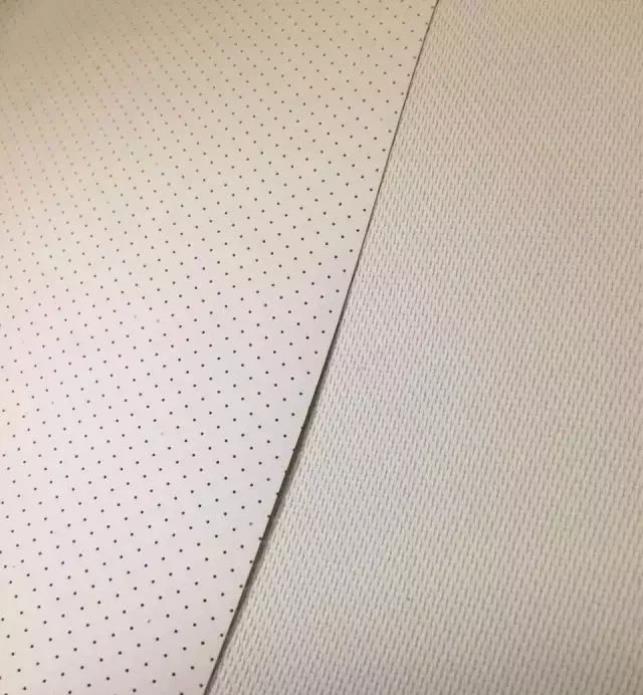
The biggest difference between microporous screens and woven screens due to different materials: the level of gain.
The woven curtain is made of high-density weaving of fibers, and the fibers used for weaving are different. Most of the woven fibers used in the woven curtains on the market are woven with white materials wrapped in transparent fiber filaments. The gap allows sound to pass through, but the projected light will repeatedly interweave and refract in the woven fibers inside the screen, forming light interference. When using and debugging, you will find that the screen is not focused well, the sharpness is not enough, and the color temperature deviation is large.
The microporous sound-permeable curtain is made of PVC/TPU material, and many manufacturers will directly punch holes on the surface for embossing treatment or optical coating coverage, but the degree of fine embossing and optical coating treatment is obviously better. woven curtain
In recent years, the microporous sound-transmitting screen has gradually become the mainstream sound-transmitting screen. The microporous sound curtain is evolved from the microporous sound curtain used in commercial theaters. Its biggest advantage is that it can conveniently process various optical coatings and the gain is controllable. In terms of image quality, even without optical coating processing, the effect of microporous sound-permeable curtains is basically better than that of woven sound-permeable curtains.

At present, there are mainly 0.4mm, 0.5mm, and 0.6mm types of microporous sound-transmitting screens suitable for home use on the market. Generally, the viewing effect of 0.5mm or smaller 0.4mm microporous screens for household sound-transmitting screens will be better. it is good
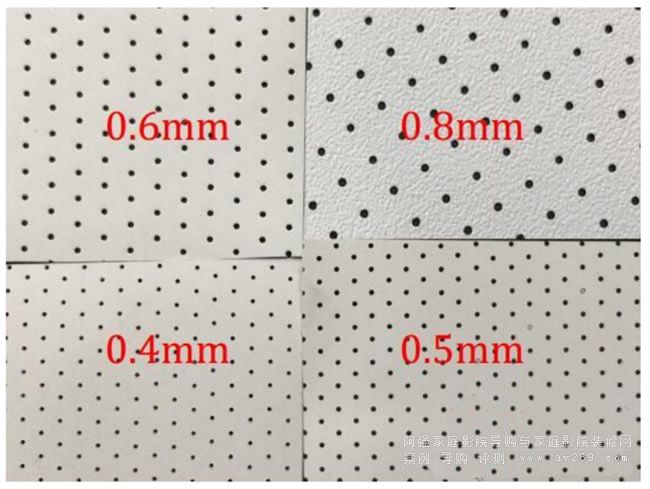
Source: https://www.av269.com/2020/0213/2900.shtml
All the perforated screens of VIVIDSTORM adopt the method of micro-hole processing, and the diameter of each hole of the screen is controlled at 0.4mm, which realizes the reduction of sound damage and the combination of image and sound while maintaining sound transmission. Two in one 3D stereo surround sound effect.

Reasons for choosing a sound-transparent screen:
1. Ability to hide the speaker behind the projector screen.
Acoustic screens allow you to feel that the image and sound are coming directly from the screen, which is a much stronger experience than systems with speakers or projectors located below and to the sides of the screen!
2. The installation of the speaker is more concealed and convenient
Speaker installation needs to find a suitable location and ensure that the direction of the sound is facing the audience, which is difficult to achieve in the case of limited space. When you use the sound-transparent screen, you can hide the speaker behind the screen, which not only saves space, but also doesn’t have to worry about the appearance of the speaker affecting the overall feeling. This is the best choice for theater settings!
3. There is room for a larger screen size
Because there is no need to reserve a place for the speakers, the projection screen can be selected in more sizes, and the speakers can be hidden behind the screen
Source:https://thehometheaterdiy.com/acoustically-transparent-screen/
Caution:
1. If there is no requirement for sound, there is no need to buy a perforated screen. An ordinary screen is enough. After all, a perforated screen is more expensive
2 In order to have a good sound effect, the minimum distance between the speaker and the screen should be controlled within 15-20CM



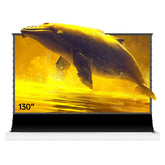
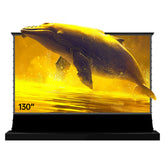
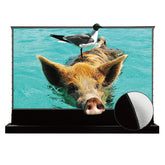
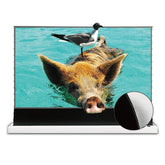
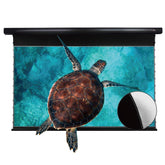
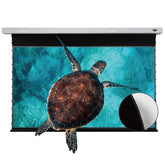
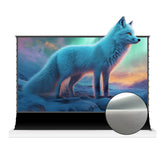
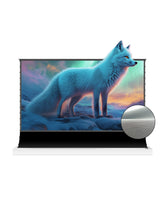
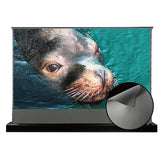
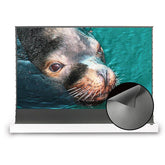
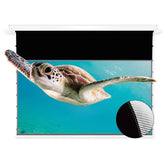
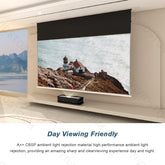
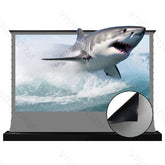
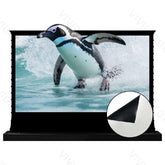
コメントを残す
コメントは公開前に承認される必要があることにご注意ください。